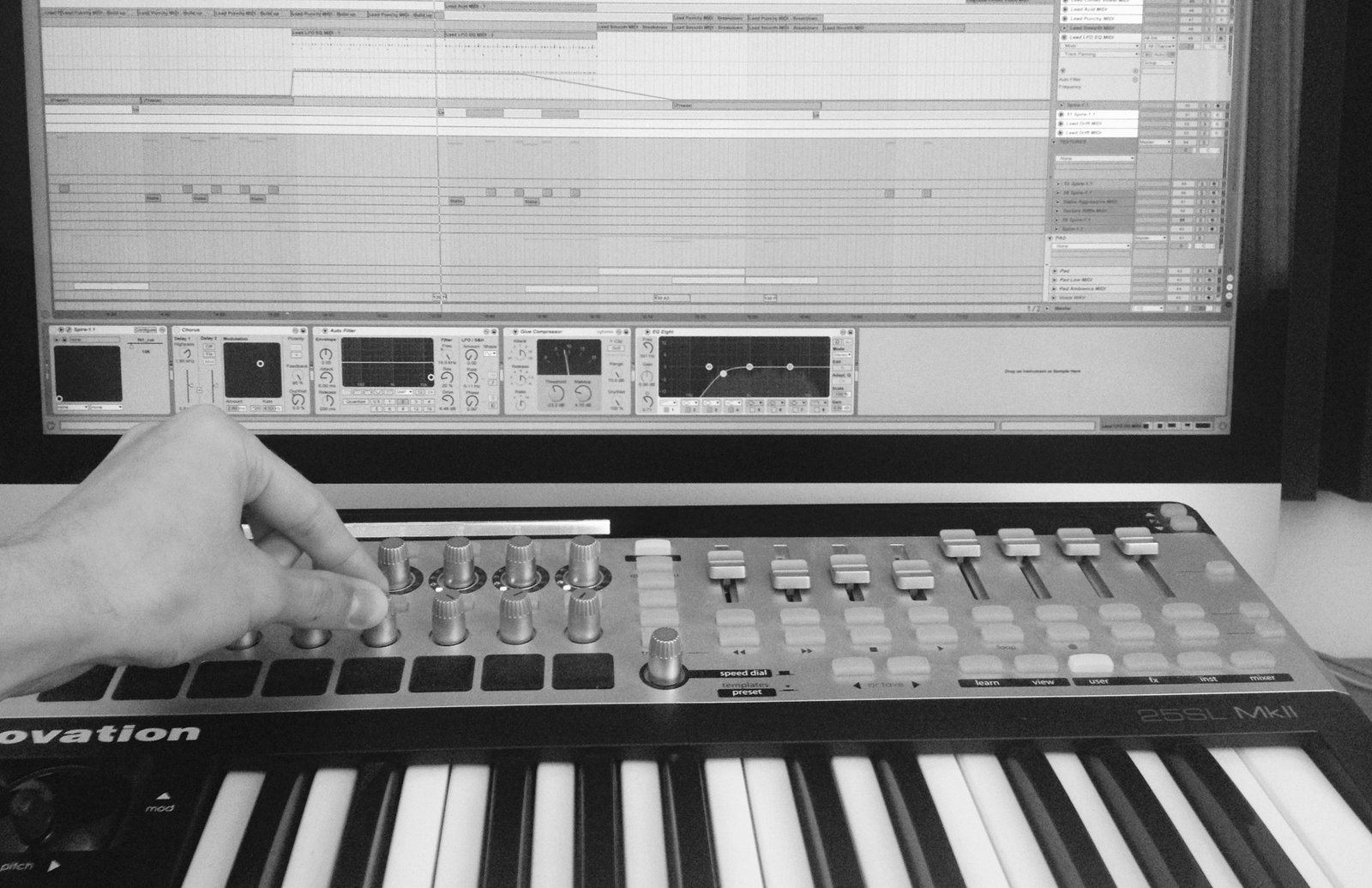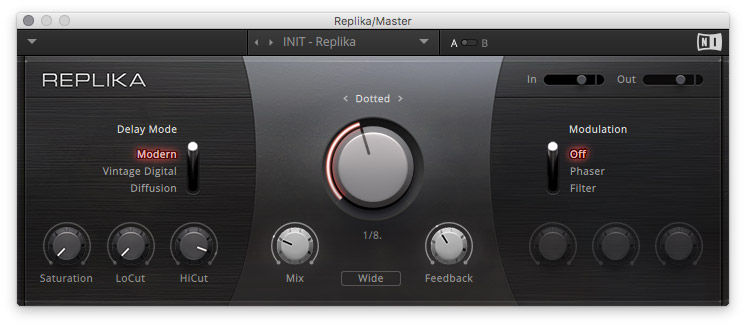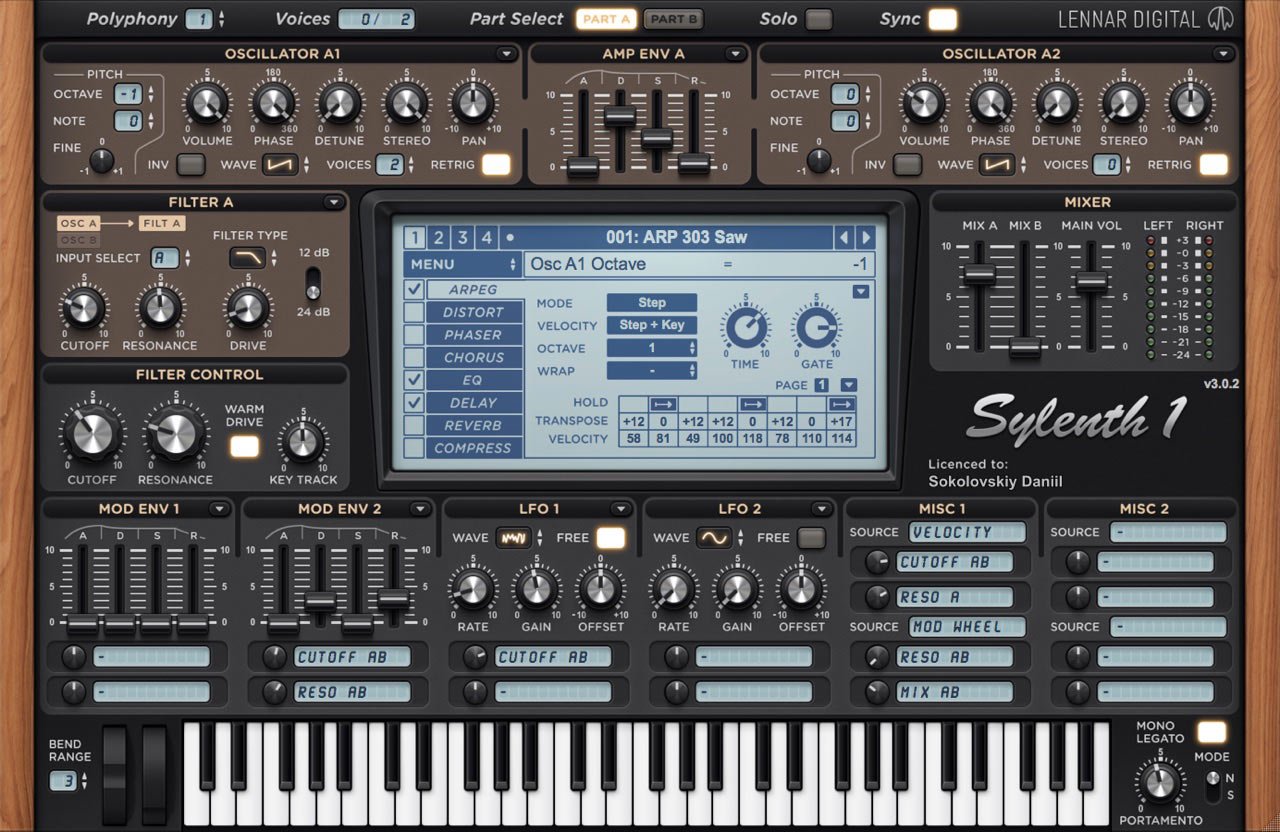Criteria of professional production. Part 1
Sound design

What are the criteria for professionally-made tracks?
Daniel
Being a DJ and A&R guy, I receive a lot of promos and demos regularly. Some tracks are great, and some are... well, not really. Some producers ask for my opinion, and if I honestly tell them, «sorry, the quality of production is not good enough», it brings debates about professional vs amateurish tracks, which leads to even more questions than answers. I’d like to help all up-and-coming producers out there by defining the main components of professional tracks from the technical side of things.
After thinking about it, I came up with the three main criteria: sound design, transitions/fills, and DJ-friendly arrangement. I’ll tell you about each criterion in detail in this series, and today’s talk is about sound design.
Part 1. Sound design
Part 2. Fills and transitions
Part 3. DJ-friendly arrangement
What is sound design
Sound design is a broad term, so let me define it to avoid confusion. By sound design I mean the timbre, the shape, the feel of each and every sound in the track individually and their matching together, which in turn includes equalization, compression, effects, and other post-processing. At some point mixing and mastering also could be named “sound design”, but I prefer to put it separately as it’s a pretty distinctive field of work.
The thing is, in electronic dance music, it’s not that important what sounds, but how does it sound. Although personally, I love musical content, there is plenty of professionally made and successful tracks with literally just one or few notes, so bear with me.
For example, here’s a simple kick and bass:
Which of these audio examples is better? Right off the bat, this is a tricky question: “better” or “worse” are not the right words to use when comparing sounds. The first example seems outdated, as if from the 2000s. The second example seems more modern-sounding, given the current subgenre’s standards. When I was working on the album, I wanted to convey a sense of futurism, so the second example suited me better in this context.
Read also about music standards and album behind the scenes
Or here’s a more melodic example:
Note that in both examples, nothing has changed regardingcontent: here are all the same notes and the same instrument groups — bass, acid, pad, and one more melody. But the timbres and processing, that is, how all these instruments sound, differ significantly.
I believe sound design is the main criterion of professionally-made tracks. Even if your track has some amazing ideas and musical content (which I’m not talking about in this article), but if the sound design doesn’t match the sub-standard, it sounds poor. Keep in mind that vice versa isn’t necessarily true: a musically poor but professionally-made track can be a dancefloor hit.
in electronic dance music, it’s not that important what sounds, but how does it sound
What to do
Here is some advice:
Learn the basics. I’m talking about synthesis, sampling techniques, processing, modulation and other fundamental aspects of music production in general, which are also essential for sound design.
Keep learning. When you think you’ve learned enough, learn more. Make sure to invest your time in learning new things, technologies, and tricks. In fact, as a music producer and as a professional, you should never stop learning. Luckily, the internet opens huge possibilities for education — you can easily find courses, online schools, master classes, communities, blogs, and millions of free tutorials.
Be creative. There is nothing wrong with using sample packs or presets, but use them wisely. Rather than use it as it is, do some clever processing: tweak, resample, reverse, chop, and do more weird things. Watch the video on how John 00 Fleming turns an ordinary guitar sample sound into a lush trance pad:
In the next instalment, we’ll talk about transitions between parts of the track.





Don’t want to be annoying, but can you share at least some secrets how did you move from kick and bass stage one to kick and bass stage two? :-)
Anyway, great article.
Thanks, Hana. That’s not a secret at all: both kick and bass are explained here:
http://daniellesden.com/blog/all/psytrance-bassline-synthesis/
http://daniellesden.com/blog/all/psytrance-bassline-equalization/
http://daniellesden.com/blog/all/how-to-make-punchy-bassline/
http://daniellesden.com/blog/all/kick-synthesis/